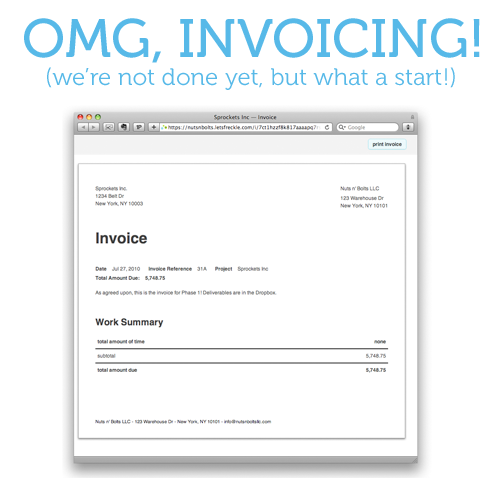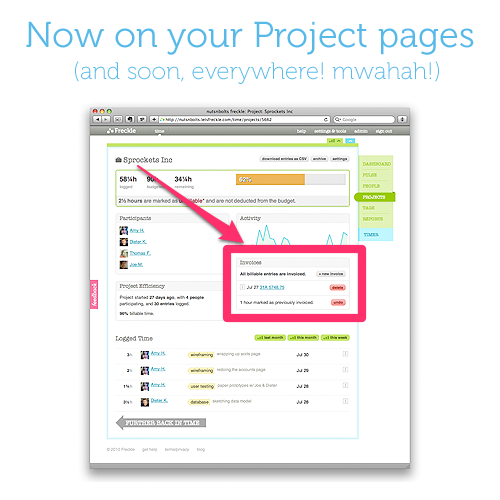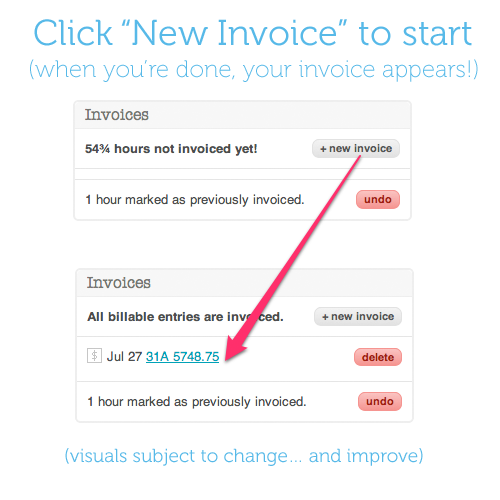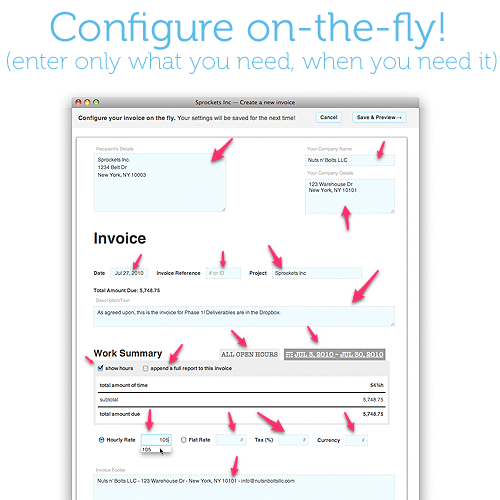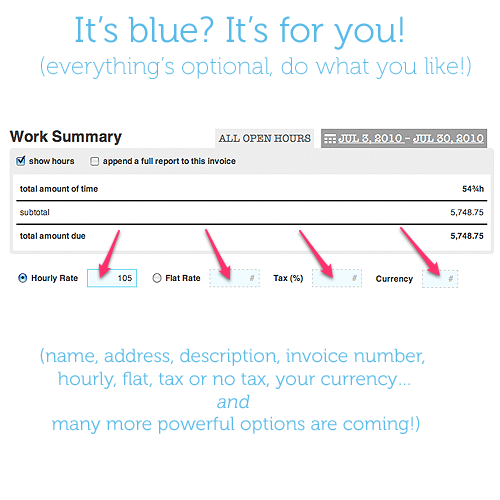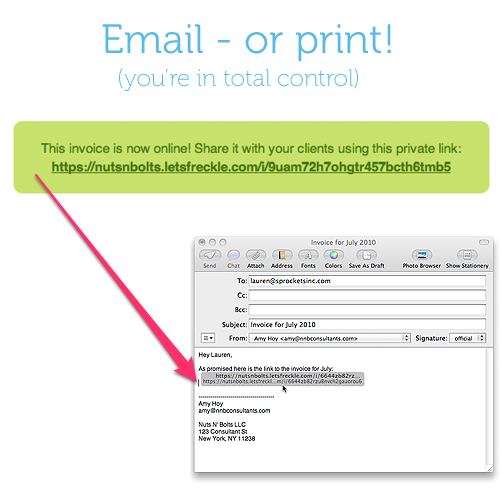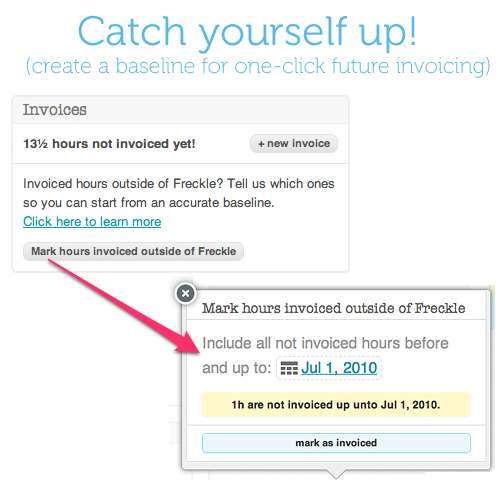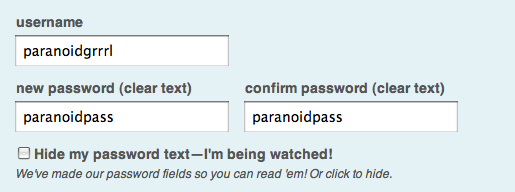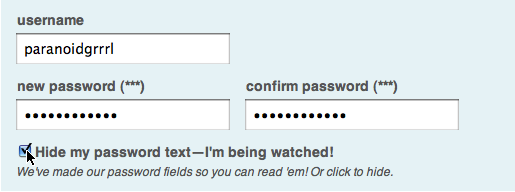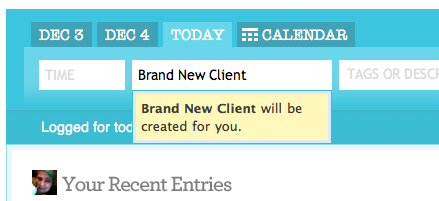Cannon here!
To help you start the new year right, we wanted to give you a real-world example of how you can use your Freckle data to make sense of your time and improve your business!
I have a separate Freckle account for almost everything going on in my life. Working, going to school, and investing in the future is a lot to juggle — and Freckle helps keep me on track.
As I think back on the semester, I can’t shake the feeling that I let the time get away from me. Rather than sit at my desk and guess where all my time went, I’m going to take a cold, hard look at the past few months to find the answer.
Did I take advantage of my free time?
The Freckle Pulse is great for understanding where you spend your time each month. While a report can give you the hard numbers, the Pulse gives you a “sixth-sense” about your own habits.
In order to see if I took advantage of my free time, we need to focus on the dark purple sections (that’s my “Downtime” project) over the past few months. I’m going to circle every day that there’s a lot of time logged for the “Downtime” project and see if anything pops out.

Not only are there days filled with Downtime, the pattern is pretty obvious as well. I tend to binge when I’ve finished the school week and at the start of the weekend, which leads to a bunch of running around on Sunday.
But wait, downtime’s good, right?
Yes, but only when it’s quality downtime. There’s a lot of downtime logged here (around 245 hours) but when I reflect on it, I really don’t feel good about it. I watched a bunch of mediocre TV, spent way too much time idly browsing the internet, and just generally being bored. There’s nothing wrong with turning off your brain (sometimes that’s exactly what you need), but this year I want to start using that time more effectively or at least have more fun when I relax. ![]()
Is there anything else I can do?
It felt like I was always sprinting from place to place: drive to class, work, run some errands, make dinner. Surely that’s gotta be taking up a lot of time, should I try fixing that before I focus on my free time?
In order to answer this question, I need to scan the Pulse for a “normal” week, one where I wasn’t on break or some huge deadline was looming.

Let’s run a report on this week so we get some hard numbers on where my time went.

I’ve added up the time spent on individual projects into broader categories so I can see what a normal week looks like:
- Productive time (School, Client Work, Devroutes, Exercising, etc.): 42.75 hours
- Downtime: 15.75 hours
- Overhead (Errands, Driving, Eating, Getting Ready, etc.): 23.5 hours
- Family time (I went home for the weekend): 5.25 hours
When I divide these by the number of hours logged for this week (87.25), I get a percentage of how much time I spent on each category:

Honestly… that’s a lot better than I was expecting. I’d really focused on “trimming the fat” in my schedule by doing things like combining trips and staying on campus in between classes — and it seems to have paid off. Sure, it still takes up a quarter of my week, but I thought it was going to be a lot worse.
So: while I could try to focus my efforts on reducing that overhead, I think it would be much easier (and much more feasible) to focus on fixing the “Downtime binging” problem. It’s something I already want to do, and I could easily get 6% of my week back. And now that I have a better understanding of how overhead eats into my time, I can make better plans down the road!
Final Thoughts
I really wanted to show you how powerful your Freckle account is. By accurately tracking your time, you’ll find all the hidden gems you’d miss in the hustle-and-bustle of daily life. That’s why we work so hard to make logging your time dead-simple.
Hopefully you’re excited to dig into your own Freckle account and find these hidden gems! Let us know how you’re using Freckle to make 2014 on Twitter or Facebook, just use the #Make2014Rock Hashtag. ![]()


